-
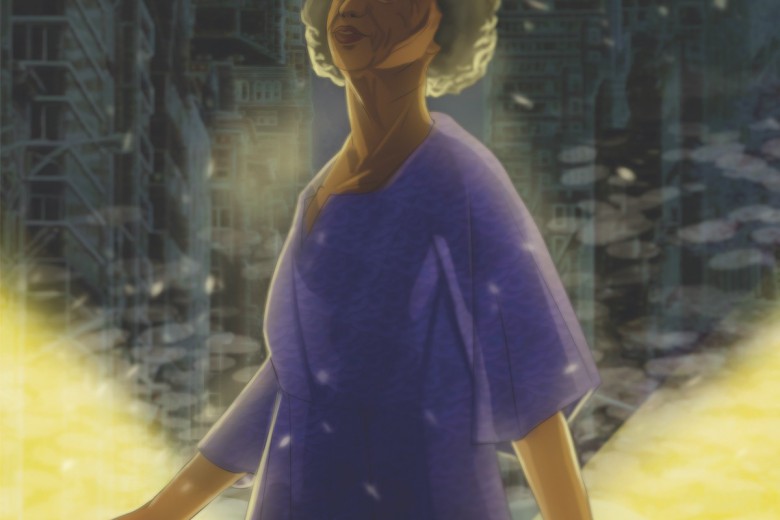
by Amina Yasin Sep 7, 2022 12 min read
-
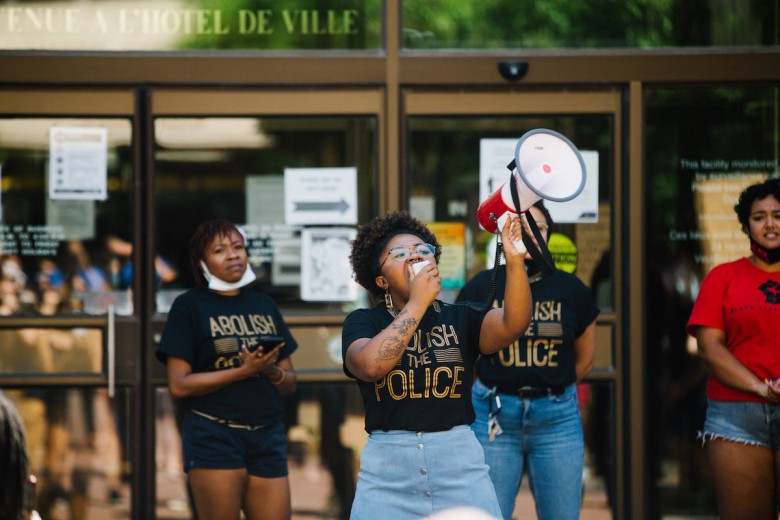
by Jayda Hope Mar 3, 2022 9 min read
-

by Jas M. Morgan Sep 10, 2020 9 min read
-
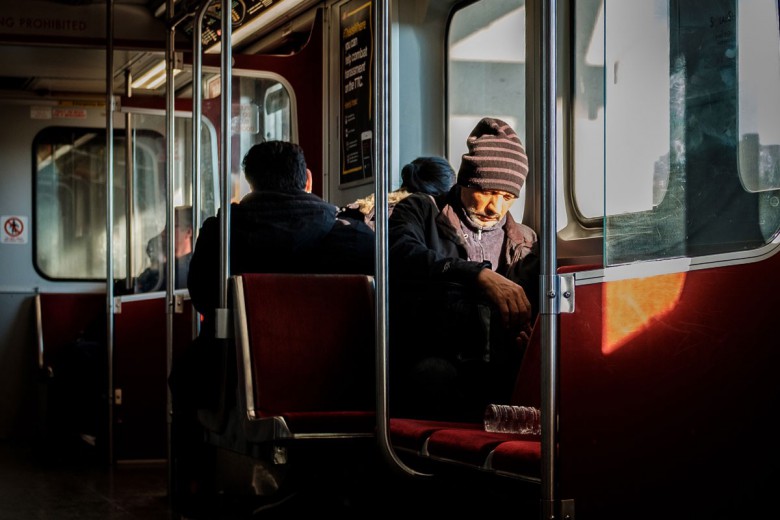
by James Ip Mar 3, 2020 2 min read
-
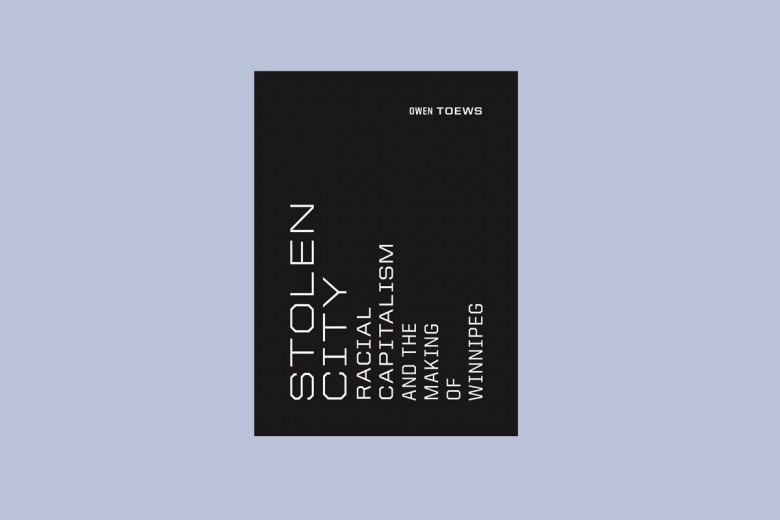
by Emily Leedham Dec 27, 2018 4 min read
-
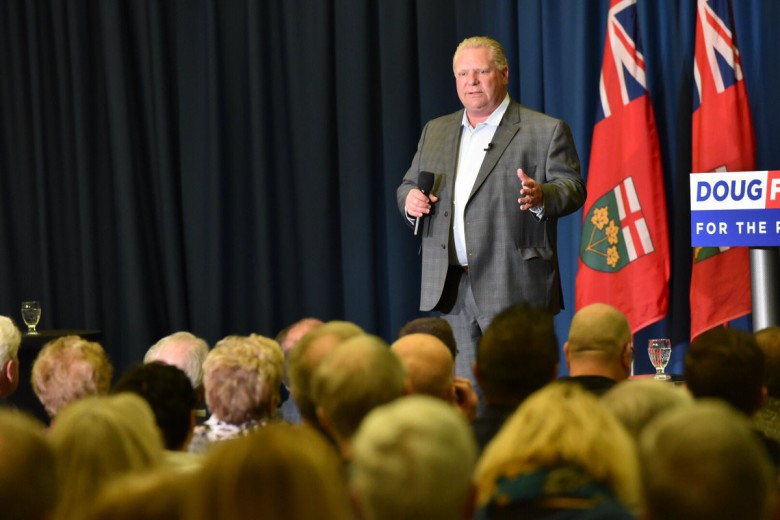
by John Clarke Oct 29, 2018 4 min read
-
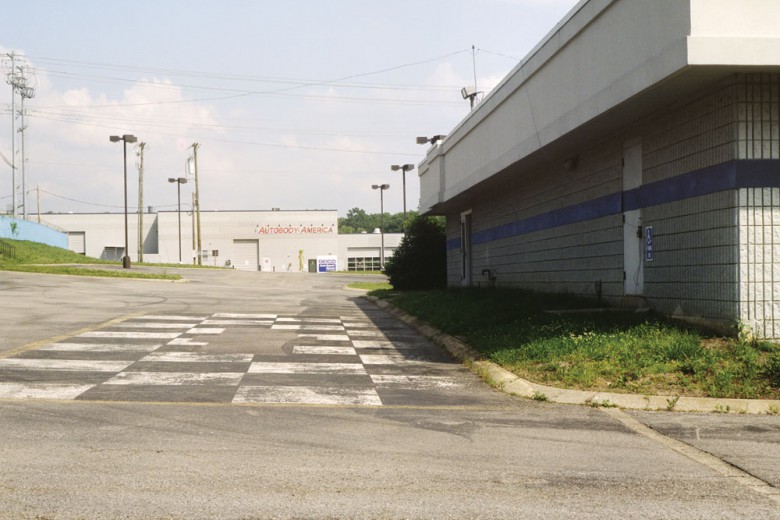
by Rohan Quinby Aug 16, 2016 8 min read
-
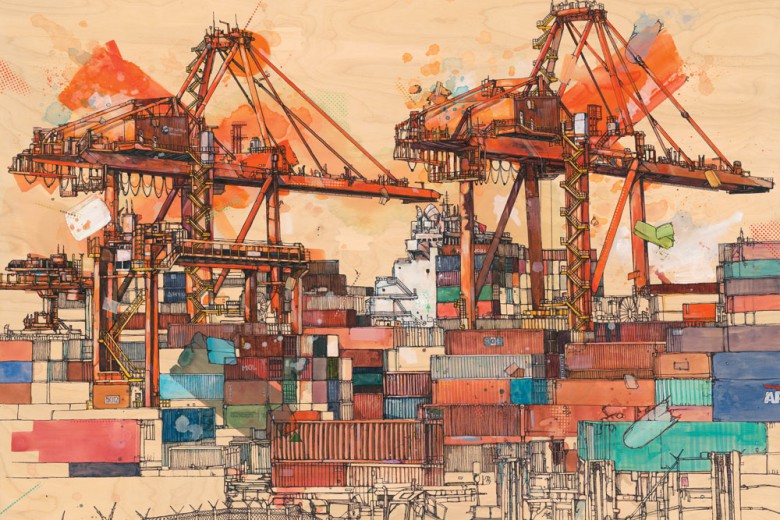
by Ivan Drury Sep 1, 2014 11 min read